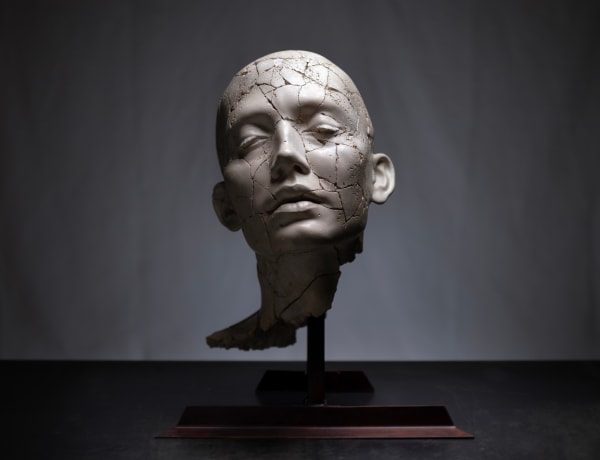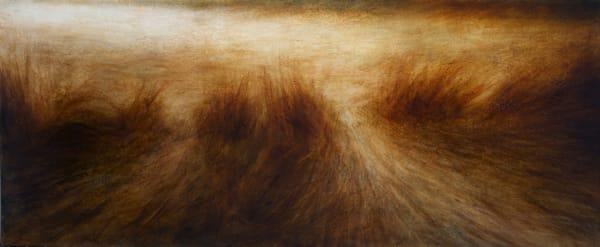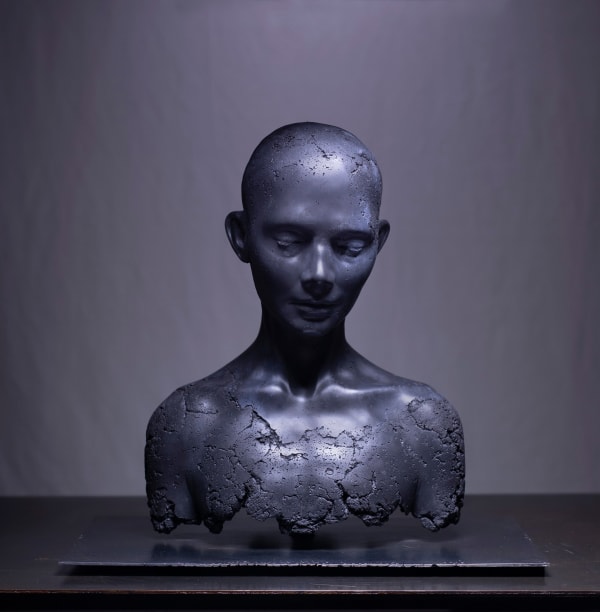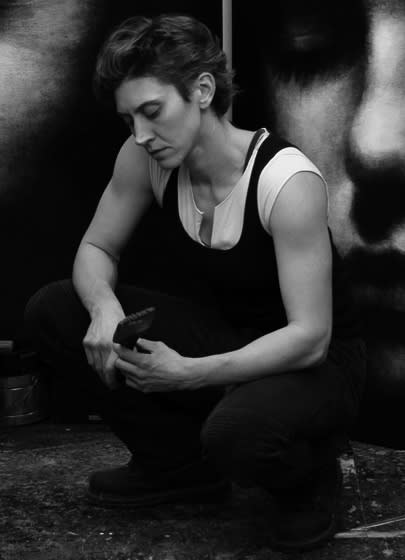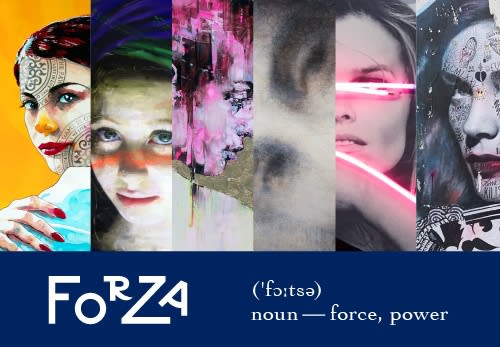Maya Kulenovic Canadian, b. 1975
-
 MYSTIC / FRAGMENT (Var. #5), 2024
MYSTIC / FRAGMENT (Var. #5), 2024 -
 "Mystic" Variation 1, 2021
"Mystic" Variation 1, 2021 -
 APERTURE, 2018
APERTURE, 2018 -
 BREATHE / ASH (Var. #1), 2023
BREATHE / ASH (Var. #1), 2023 -
 BOREAS / REMNANT (Var. #1), 2023
BOREAS / REMNANT (Var. #1), 2023 -
 BOREAS / REMNANT (Var. #2), 2023
BOREAS / REMNANT (Var. #2), 2023 -
 Breathe (Var #1), 2022
Breathe (Var #1), 2022 -
 BREATHE / GRASSES (Var. #1), 2023
BREATHE / GRASSES (Var. #1), 2023 -
 BREATHE / REMNANT (Var. #2), 2023
BREATHE / REMNANT (Var. #2), 2023 -
 Breathe / Remnant (Var #1), 2022
Breathe / Remnant (Var #1), 2022 -
 EAST CHAMBER, 2019
EAST CHAMBER, 2019 -
 From a Dream, 2017
From a Dream, 2017 -
 GRASSLANDS / DOWNSTREAM, 2017
GRASSLANDS / DOWNSTREAM, 2017 -
 Hypnosis, 2017
Hypnosis, 2017 -
 MYSTIC / CARBON (Var. #1), 2023
MYSTIC / CARBON (Var. #1), 2023 -
 Mystic / Fragment, Sand (Var#1), 2021
Mystic / Fragment, Sand (Var#1), 2021 -
 MYSTIC / REMNANT (Var. #1), 2023
MYSTIC / REMNANT (Var. #1), 2023 -
 OSTEON, 2016
OSTEON, 2016 -
 PASSAGE, 2018
PASSAGE, 2018 -
 Sleeper / Fragment (Var # 3), 2021
Sleeper / Fragment (Var # 3), 2021 -
 Sleeper / Fragment, Cobalt (Var#4), 2021
Sleeper / Fragment, Cobalt (Var#4), 2021 -
 Sleeper / Fragment, Hematite (Var #4), 2021
Sleeper / Fragment, Hematite (Var #4), 2021 -
 Sleeper / Fragment, Remnant (Var #1), 2021
Sleeper / Fragment, Remnant (Var #1), 2021 -
 Sleeper / Fragment, Turquoise ( Var #1), 2021
Sleeper / Fragment, Turquoise ( Var #1), 2021 -
 Sleeper / Pillar 2 (Var#1), 2020
Sleeper / Pillar 2 (Var#1), 2020 -
 SLEEPWALKER / ELECTRICITY (Var. #1), 2024
SLEEPWALKER / ELECTRICITY (Var. #1), 2024 -
 Wing / Turquoise (Var #1), 2021
Wing / Turquoise (Var #1), 2021 -
 BOREAS / CARBON (Var. #1), 2023
BOREAS / CARBON (Var. #1), 2023 -
 Persistence, 2017
Persistence, 2017 -
 Sleeper / Pillar I (Var #3), 2021
Sleeper / Pillar I (Var #3), 2021 -
 Sleeper / Fragment, Carbon (Var#3), 2021 Sold
Sleeper / Fragment, Carbon (Var#3), 2021 Sold -
 Mystic / Fragment, Carbon (Var. #1), 2023 Sold
Mystic / Fragment, Carbon (Var. #1), 2023 Sold -
 SLEEPER / REMNANT, TWINS Variations #4 and #5, 2021 Sold
SLEEPER / REMNANT, TWINS Variations #4 and #5, 2021 Sold -
 Wing, Var #2, 2021 Sold
Wing, Var #2, 2021 Sold -
 Wing / Sand (Var #3), 2021 Sold
Wing / Sand (Var #3), 2021 Sold -
 RAIN (INTERIOR), 2017 Sold
RAIN (INTERIOR), 2017 Sold -
 MYSTIC / FRAGMENT, REMNANT (Var. #4), 2023 Sold
MYSTIC / FRAGMENT, REMNANT (Var. #4), 2023 Sold -
 Mystic / Fragment, Remnant (Var #3), 2022 Sold
Mystic / Fragment, Remnant (Var #3), 2022 Sold -
 Mystic / Cobalt (Var #1), 2021 Sold
Mystic / Cobalt (Var #1), 2021 Sold -
 BOREAS / ASH (Var. #1), 2024 Sold
BOREAS / ASH (Var. #1), 2024 Sold -
 MYSTIC / FRAGMENT (Var. #5), 2024 Sold
MYSTIC / FRAGMENT (Var. #5), 2024 Sold -
 Mystic / Fragment, Carbon (Var. #2), 2025 Sold
Mystic / Fragment, Carbon (Var. #2), 2025 Sold -
 Mystic / Fragment, Hematite (Var #3), 2022 Sold
Mystic / Fragment, Hematite (Var #3), 2022 Sold -
 DRIFT, 2021 Sold
DRIFT, 2021 Sold
-

Group Exhibition | Toronto
1 - 24 Mar 2025Read more -

Maya Kulenovic
FOCUS | GLR45 8 Apr - 6 May 2024Read more -

GLR TEXTURE
GROUP EXHIBITION | GLR45 20 Jan - 20 Feb 2024Read more -

Metamorphose
Group Exhibition | GLRTO 1 - 30 Apr 2023Read more -

Art Miami | BOOTH AM510
ART FAIR 29 Nov - 4 Dec 2022Read more -

Maya Kulenovic, Marie-Josée Roy & Yann Normand | "Quelques Murmures"
Exhibition | GLR41 1 - 31 Mar 2022Read more -

Art Miami
Miami | Art fair 30 Nov - 5 Dec 2021Read more -

Art Toronto
Toronto | Art fair 1 - 31 Oct 2021Read more -

Group Exhibition | Monochrome
Exhibition | GLR41 1 - 30 Sep 2021Read more -

Forza
EXPOSITION COLLECTIVE | GLR24 1 - 31 Dec 2017Read more









